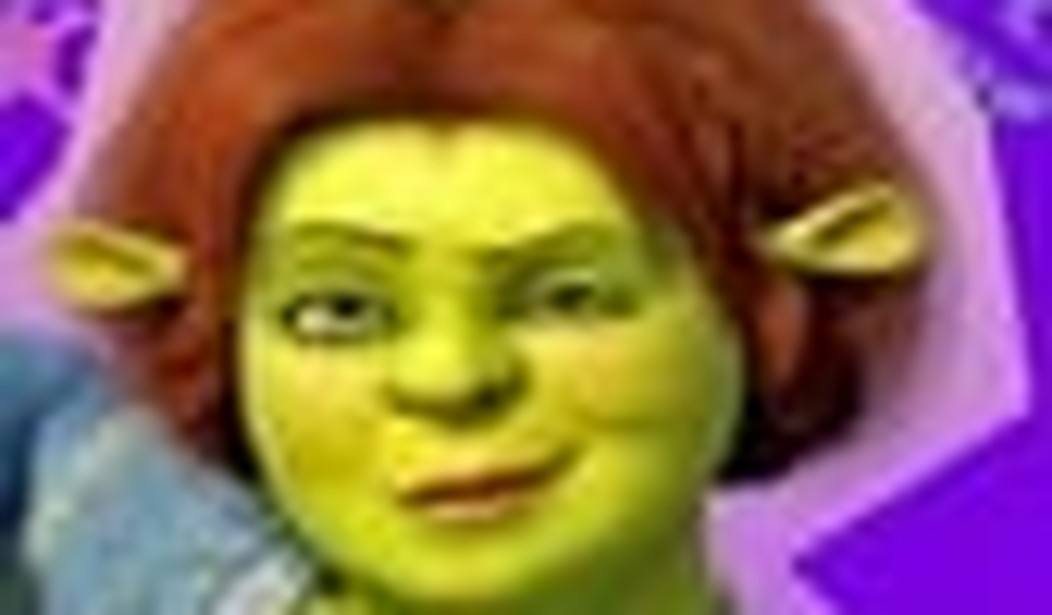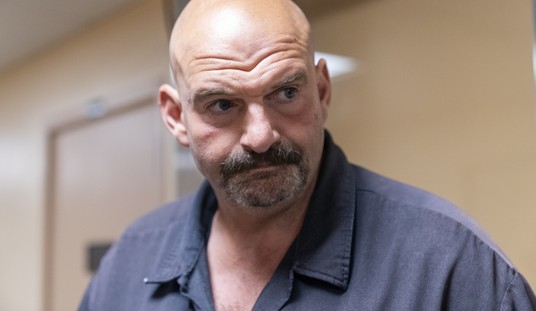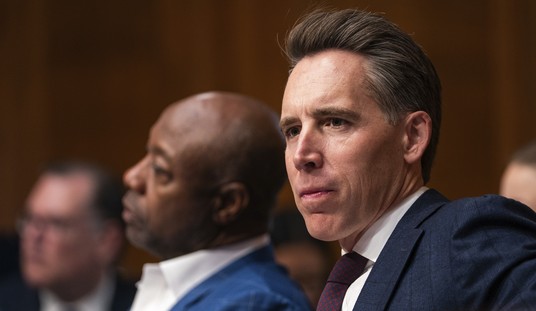An Open Letter to Children of All Ages Everywhere (and to My Eighteen-Month-Old Granddaughter):
I have a secret to share with you. Grownups, at least some of us — take me, for example — enjoy cartoons, fairy tales, fantasy fiction, Disneyworld, and what are considered “children’s” movies just as much as you do. Maybe even more.
The child in me just refuses to allow herself to be killed off — no matter how distressing the headlines. Be careful, this can happen, so guard your own child well. My child’s sense of wonder, her ability to embrace the whimsical, the impossible, the ridiculous, has steadfastly refused to disappear, or to make room for a full-time, hostile-to-Hogwarts kind of Muggle.
Yes, I admit it. I have loved the Harry Potter series too. That children have magical powers with which they can confront great evil is a stirring, even hopeful, concept, given that there is so much evil in the world. Grownups need all the help they can get in fighting it. In fact, many grownups are rather cowardly in terms of “speaking truth to power” or risking their livelihoods, not to mention their lives, for the sake of truth or justice.
True, the young Harry Potter wizards do attend boarding school (how British of them) and they must study for exams, but still, they get to fly around on brooms, concoct magical potions, become invisible, transport themselves to far distant places, employ owls and rats as “familiars,” and cavort with other magical and mythological creatures such as Centaurs, unicorns, and dragons.
But this is not what I want to talk about. Today, we will be talking about the wonderful Shrek series. (After all, the fifth film — Puss in Boots — just came out this past weekend.)
Next: Embracing your inner ogre…
At one level, it is pure, delicious camp. The fairy tale creatures are really actors, the action essentially takes place in Hollywood, it flaunts one “insider” joke after another — jokes that require both knowledge and a keen appreciation of American pop culture, movies, and music. Shrek is also very gay and transvestite friendly. (Ask your parents what this means although I have a feeling you probably already know — even more than I do!)
The Shrek series has a familiar cast of fairy tale creatures: Cinderella, Snow White, Sleeping Beauty, Rapunzel (who turns out to be something of a villain), Pinocchio, the Fairy Godmother, the Three Blind Mice, the Three Pigs, Rumpelstiltskin, the Muffin Man, Prince Charming (played as a vain valley girl), Captain Hook, Hansel and Gretel, Tinkerbell — the whole lovable lot of them. We also have some entirely new characters here: a talking donkey (Eddie Murphy) a talking Puss N’Boots (Antonio Banderas, with his Spanish accent), a huge, non-talking fire-breathing dragon who falls in love with the donkey (!) as well as the two stars, Shrek (Mike Meyers) and Fiona (Cameron Diaz).
This computer animated fantasy shows us a beautiful, thin, young Princess Fiona, who is, in reality, a monster: a large, fat, green, “hideous” ogre to be exact. This goes way beyond her having acne or a “bad hair day.” All night our Barbie Doll Princess is a beast. There is no getting around it. She is ugly. Ugly. Ugly. At least in terms of what our culture considers “beautiful.” Yes, we like her, yes we come to admire her, but still… for most boys and girls and for most women and men, how Fiona looks is indeed a curse. One’s self-esteem plunges, lifelong and painful diets are endured, other children taunt and bully “ugly” children, grownups do not hire or marry them. Plastic surgeons become enriched.
So the first thing I love about Shrek (that’s after the rollicking music and the whimsical “shticks”) is that the heroine is not only an ogre but that when she is given a choice about remaining storybook beautiful or embracing her inner ogre — she chooses to remain a “monster” forever. This is really giving the finger to a Hollywood culture in which women must be, must be, absolutely must be, thin and gorgeous and forever under-30. (Not that Mama Hawk is saying it’s acceptable for YOU to use obscene gestures…)
Then, Fiona rejects Prince Charming (the male eye-candy who dances with a rose in his teeth and keeps tossing his hair) for the large and ugly green ogre, her true love, her rescuer — Shrek, a creature with a decidedly unlovely name.
And there is more. Both Fiona and the ogre she loves choose to live in their beloved swamp and not to reign in the fairytale palace as the King and Queen of Far, Far Away.
Incredibly, they reject this particular happy ending.
Next: The Warrior Woman rises…
And there’s more. In two of the four movies, we see that Fiona-the-ogre is a true-green, red-haired, Celtic warrior (the signature music is Celtic-style music). She’s also an Amazon fighter, martial arts expert, dagger thrower, and a resistance leader. “I am trying to run a revolution” she tells Shrek, whom she temporarily no longer recognizes due to another magical curse in Shrek Forever After. Her mother, the Queen (Julie Andrews), knows how to break stone walls down with her head.
And there’s still more. When Shrek becomes a father to triplets he does the kind of hands-on parenting that many men do. Or want to do. Or that women and children want them to do. But when Shrek becomes “bored” with the dreadful domesticity he endangers the entire fairy tale world, not to mention his beloved Fiona, their children, and all their friends. Thus, the movie also supports the idea that fathers ought to be joining mothers in the nursery and shouldering the tedious, repetitive, nerve-wracking, exhausting, but decidedly sacred work.
I dunno. Even two full-time parents can use a little help with triplets and the fact that Fiona and Shrek reject the offered services of one of the Seven Dwarfs (a man with a nanny cap on) is both unwise and unrealistic.
No, Shrek is not an utterly perfect feminist film series. There is an evil Fairy Godmother (female) who exploits and oppresses her employees/slaves and who resembles the dreadful witch-in-pink, the despotic Dolores Umbridge who takes over Hogwarts in Harry Potter and the Order of the Phoenix. There are also some really nasty and sadistic female witches on broomsticks. But then there is also a really nasty male Prince Charming wannabe and a devilish Rumpelstilskin.
But here’s the best part. Fiona’s dad, the King (he’s really a frog), and the Queen (who loves him) do not try to have a son. Their only child is a daughter — one who just happens to be cursed, but even so, she will do just fine.
This revolutionizes the fairy tale indeed. And please note: Fiona’s parents do not force her and Shrek into assuming the duties of a Queen and King. They settle for one “Arthur Pendragon,” who is next-in-line-to-the-throne and who is, of course, a teenager who himself has been badly bullied in high school. His forte is not jousting or sword play but in “bringing people together.”
Well, this is a fairy tale.
Warmest Regards from Your Mama Hawk in New York City,
Phyllis Chesler










Join the conversation as a VIP Member